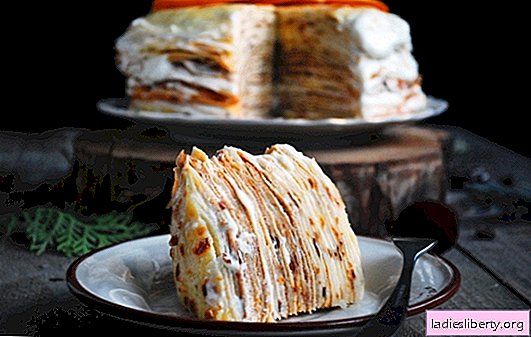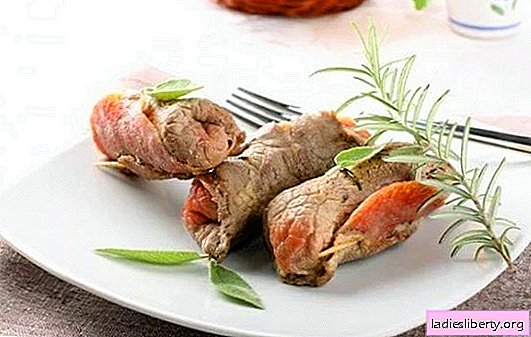
Orthodox Easter this year is celebrated on April 12. It's time to talk about the conversation. More precisely, about meat, which is traditionally used for this ritual action, because it is with meat, in the first place, that the way out of a post is associated.
The meat preferences of our ancestors from Kievan Rus and Muscovy were significantly different from ours. The main population in the herds of the then breeders was not pigs at all, as in modern Russia. Our ancestors preferred more practical cows, which give milk in addition to meat, and, not surprisingly, to sheep, which again give wool, in addition to meat. In those days, the last tramp had his own sheepskin coat, she was also a sheepskin coat, a hat made of lamb wool, and possibly boots.
Today it is generally accepted that lamb is a kind of delicacy for the indigenous Slavic population of the center of Russia. Meanwhile, according to numerous sources from Domostroi to Karamzin, lamb was the usual food for most ordinary residents on short days from spring to late autumn. Beef was mainly slaughtered in the fall: in winter, keeping a cow is too troublesome. Her meat was procured for the future in a variety of exotic ways for us. Most often she was salted. Almost like the Indians salt the bison.
Little pigs were kept. In pre-Christian times, and then, until paganism lost ground, pigs were traditionally beaten at the height of winter at one of the most anticipated celebrations of the year. It was dedicated to Kolyada. What or who this Kolyada is likely to not be said today. Karamzin stood for recognition as his god of feasts and peace. In the Little Minei, this character is classified more modestly - only as the god of festivities. The most legendary Russian chronicler Nestor, remembering pagan deities, Kolyada did not bother to add to their list. Regardless of his status, they worshiped Kolyada for glory, sacrificing swarms of pigs to him, who in this action were assigned the role of a symbol of fertility and even beauty. It is precisely because of the small number of livestock that pork was the queen in the old days at the most anticipated holiday. As a result, they forgot about Kolyada. But the tradition of consuming pork at the height of winter remained and was tied to Christmas, which on the calendar surprisingly coincided with the days of veneration of pagan authority. As Christianity penetrated the Slavic culture, the perception of pork as an animal, whose meat accompanies the celebration of the most important dates, was postponed to Easter.
This tradition is still alive today. Our Orthodox fellow citizens should think about decorating the festive table with stuffed milk pigs. However, one thought about the ups and downs associated with the creation of this dish, not to mention its value, panic. A good alternative to the piglet is a semi-finished dish, of which there are many. The main thing is not to make a mistake with the choice of the manufacturer. In this sense, I prefer small plants. Of these, "Outskirts" sympathizes with me more than others. And not only because it is a modest factory in the suburbs with its own farm. They also have their own online store. Therefore, you don’t have to go after a delicious piece of meat to some kind of trading center and push around there in the pre-holiday line.











